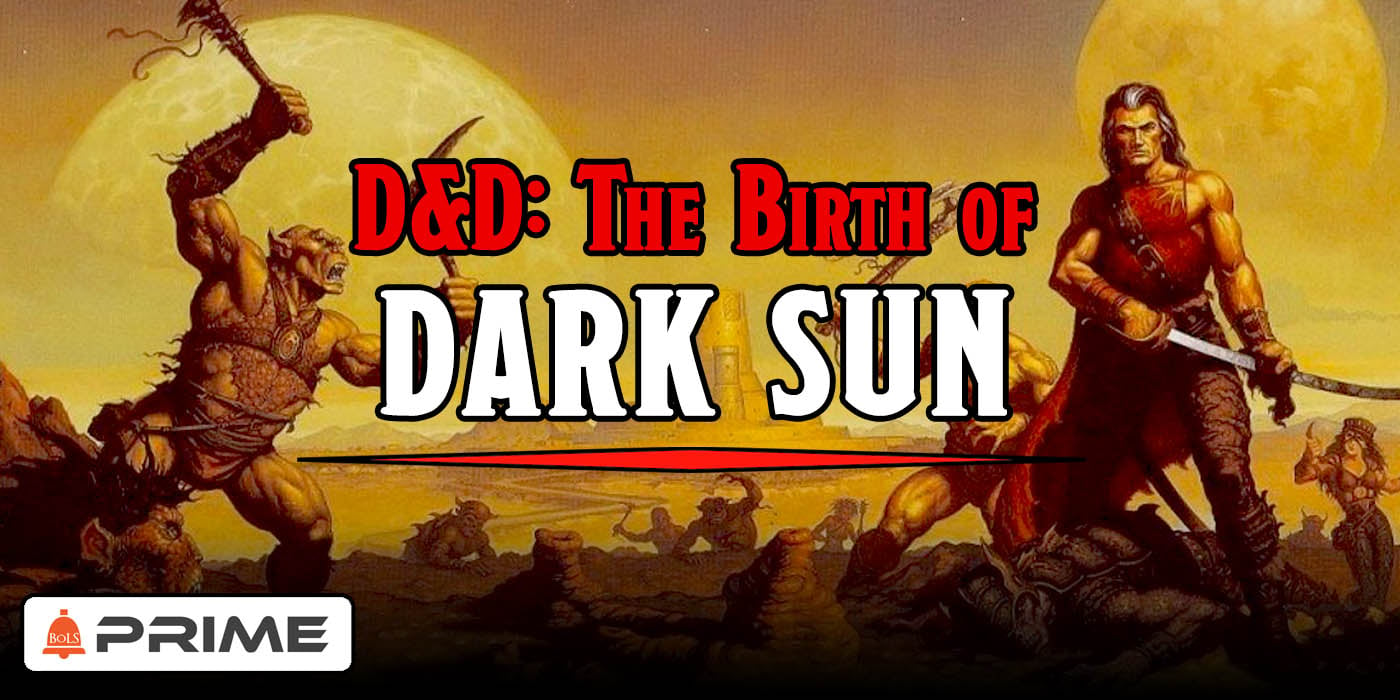Dark Sun is a world unlike any other in the D&D cosmology--full of blazing hear, apocalyptic furor, and debilitating magic, here's how it was born.
Apocalyptic magic, ancient dragon sorcerer-kings, and a desert-drenched world where survival is a struggle--these are the guideposts of Dark Sun. It is a world unlike any other in Dungeons & Dragons for many reasons. It was the first world to leave behind the Tolkien-esque medieval pastiche, it was the first one to come with a built in metaplot, and moreover, it is a world without gods. What makes this world so popular? And how did it come to be? Join us as we take a look through the birth of the dying world of Dark Sun.
If the 80s were defined by a sort of bullish, misplaced optimism that the distrust and crises of the 70s were behind and a time of unchecked, coked-up expansion was opening up, the 90s were a defiant, cynical middle finger that struggled against the ways society let down a generation. Distrust, deconstruction, and grit were everywhere, from the jagged lines of once-clean four-color comic heroes, to the particular hell that was Looney Tunes merch back then.
And Dark Sun is a suitably dark D&D setting, whos...

